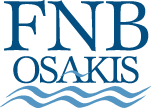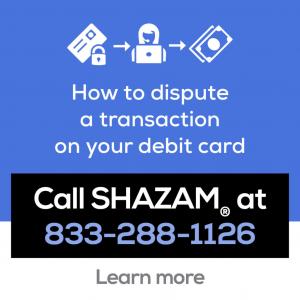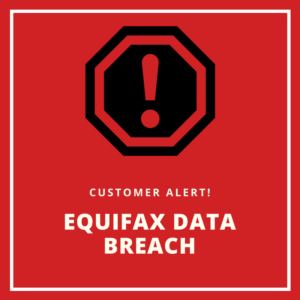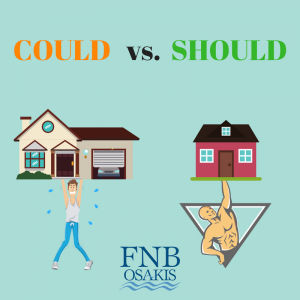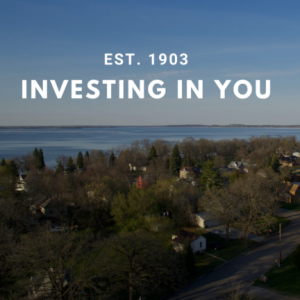You probably hear credit scores mentioned routinely in the news or on commercials, but have they ever been properly explained? Most often, by the time you’ll understand what a credit score is, and why it should be important to you, you might have already made decisions that lower your score. The focus of this post is to explain credit scores, how your decisions impact them, and why you should care about them.
The simplest definition of what a credit score is: a number (more formally called a FICO score) that summarizes your credit risk based on your financial behaviors. These behaviors include: the types of loans you have, how much outstanding debt you have, how much available credit you have, and how often you make your payments.
Why have credit scores become so important? Well, frankly, because many banks and lending institutions have become so big they know very little about their customers, nor do they find it cost effective to initially assess their customers’ lending risk. The largest banks have policies in place that approve or deny loans solely based on your credit score.
Where can you see your credit score? www.annualcreditreport.com is a website created by the three credit reporting bureaus to provide consumers with a free annual credit report in accordance with Fair and Accurate Credit Transactions Act. Instead of pulling a credit report with scores from all three credit reporting bureaus, we advise that every 4 months you pull a report from one of the three bureaus, allowing you to look at your credit report on a more current and constant interval. If you pull a report with scores from all three bureaus at the same time, you won’t be able to pull another free credit report for 12 months.
What’s a good or bad credit score? There are three credit reporting bureaus: Experian, TransUnion, and Equifax. The scores reported by each bureau will vary by 10-50 points or so due to the formulas the different bureaus use. Credit scores range from 300-900, with the majority of people between in the 600-800 range. Scores of 700+ are excellent, 650-699 are good, and 620-650 are OK. Consumers with scores below 620 will have difficulty getting loans and credit with reasonably favorable terms.
http://www.money-zine.com/Financial-Planning/Debt-Consolidation/FICO-Credit-Scores/
In 2009, the national average FICO score (for all intents and purposes, the credit score) was 692. In Minnesota, the average score is 707.
What types of decisions can impact your credit score? The following are the five main components of your credit score: Types of credit in use, amount of new credit, Length of credit history, amounts owed, and payment history. The graphic below shows the relative importance of each component.
How can you improve your credit score? Check out this article for a more detailed version of the summarized advice listed below
Pay more than the minimum – length of repayment matters to the credit reporting bureaus, and you’ll have a much shorter repayment period if you make more than the minimum payment each month.
Negotiate – working out a plan with your lenders is much better than letting a sour situation go worse. Most lenders would rather make it easier for you to repay than let you default, and making good on a restructure shows that you have your finances in order.
Switch to debit cards – you can still swipe plastic, but you aren’t adding to your debt pool. Debit cards deduct from your checking account and allow you to live within your means. You run the risk of swelling your debt by using your credit cards to purchase everyday expenses, such as food or gas.
Get rid of those store charge cards – You know what I’m talking about, every time you are at a chain store they ask “would you like to open a X account and save X%?”. Just say NO! Fewer cards equals less debt, and a lower propensity to use debt. You may save that X% initially, but you’ll make up for it the second you miss a payment on that card
Contact the credit reporting bureau – if you see errors on your credit report, get them fixed! There is a place for comments on your credit report, all you have to do is call the credit reporting bureau’s phone number listed on the credit report and notify them of any errors.
How can you damage your credit score? Check out this article for a detailed description of the summarized advice listed below.
Late payments – the biggest factor is missing, or simply not paying, your debt on time. You’d be surprised just how much your score is impacted by being late on something as trivial as cell-phone bill.
High balances on credit cards – a high amount of debt on your credit cards is a sign of financial weakness to the credit bureaus. Ina perfect world, you’d pay your credit cards off every month. Keep your credit card balances as low as possible.
Lots of applications – your credit score will go down for every time your credit report is pulled. To avoid this, you shouldn’t apply for credit too often. Or in the case you are car shopping, do all your shopping on the same day, because that’s only one hit on your credit report.
Having the majority of your credit be the same type – especially if it is credit or charge card debt, because it shows a reliance on higher-interest, higher risk-related credit to finance your living expenses.
At the First National Bank of Osakis, we like to stress that the credit score is only a component of your financial history. Customers are people, not numbers, and the dialogue accompanying your financial history is just as , if not more, important than the score itself. However, we like to stress to our customers the importance of keeping an eye on your credit score because of its implication in other aspects of their lives, such as getting insurance (higher or lower rates), your tv/internet/phone rates (some companies require deposits if your score is too low), and qualifying for student loans. In addition, it’s never too early to explain to your children, siblings, or friends the importance of their credit score.
So, get your free credit report once every 4 months and contact the credit reporting bureau for any errors. While we at FNB do not attach numbers to faces, we feel obligated to help those in the community understand their importance so they can make informed financial decisions. For more information on credit scores, I encourage everyone to read through this 20-page brochure put out by FICO, the company that actually calculates your credit score.
As an aside, our hope is for this blog to continue to explain financial concepts, programs, regulations, and practices to the community. PLEASE feel free to leave any questions or requests for topics to cover in the comments.

